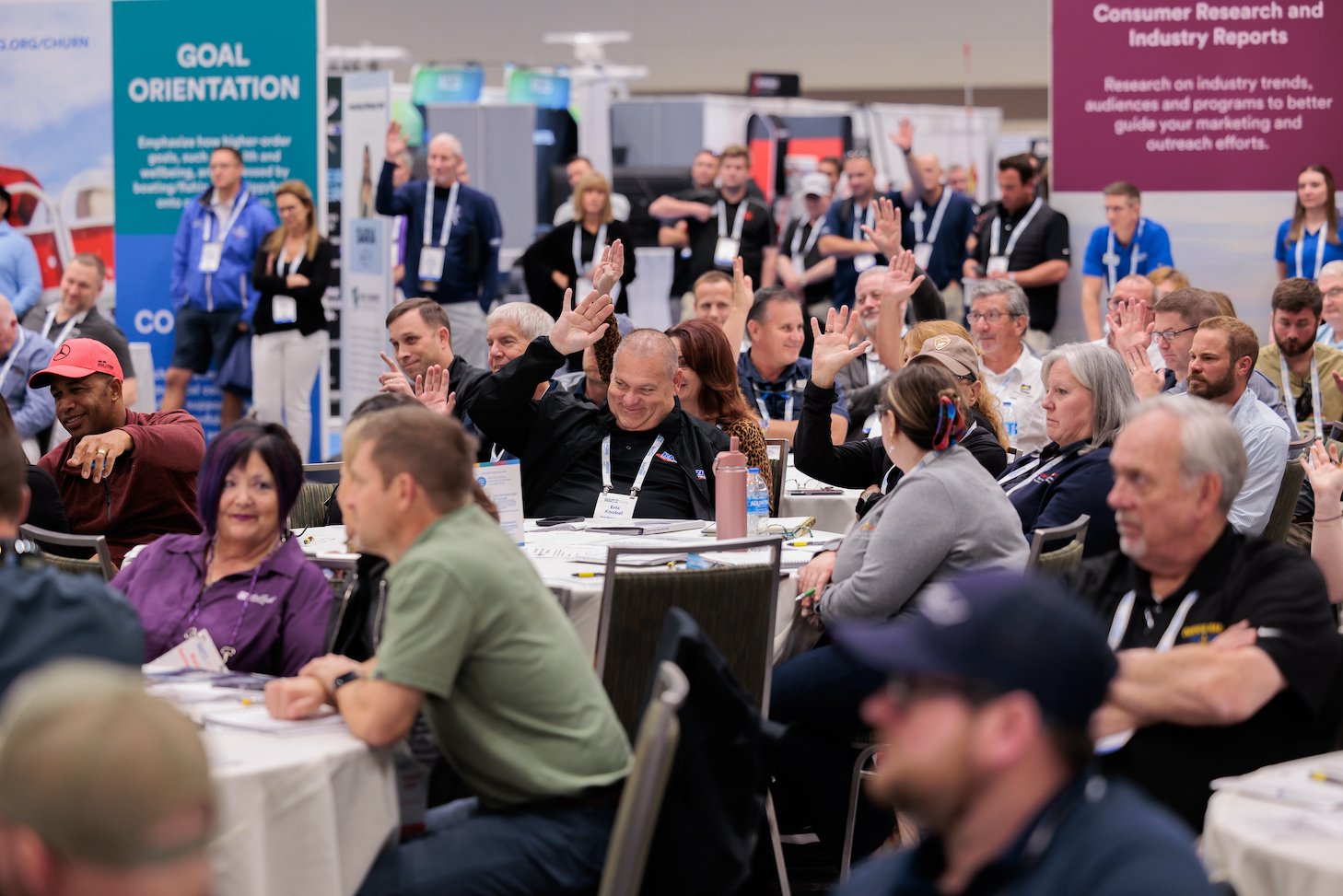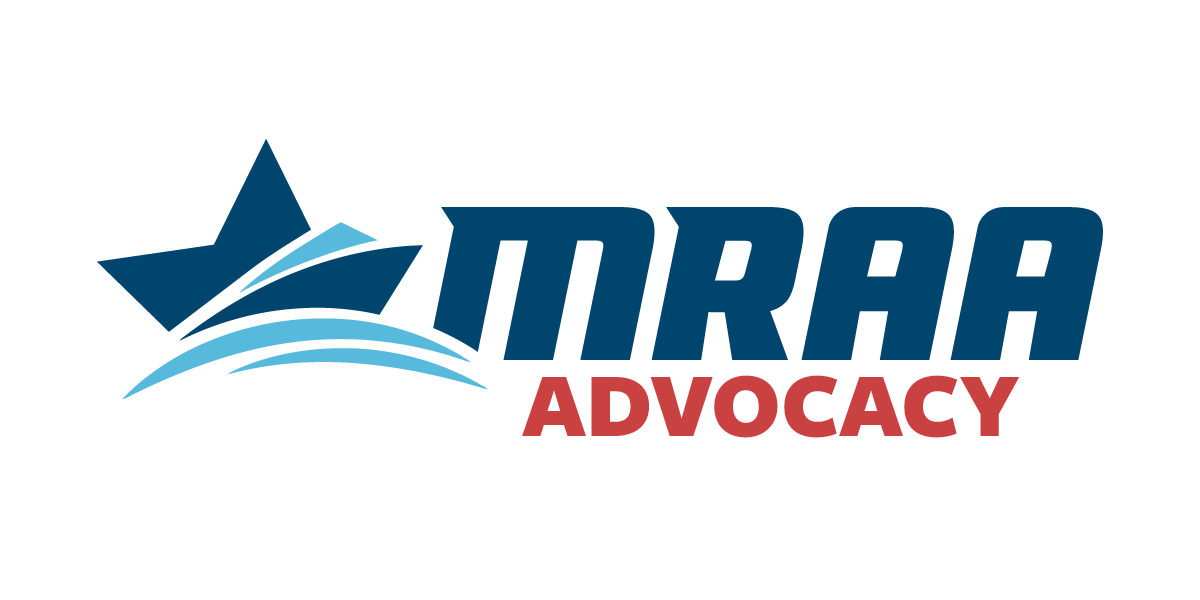How the strength of the dealer-manufacturer relationship drives customer loyalty.
By Matt Gruhn, MRAA President
“Don’t split up the team,” Christina Fliakos said.
Nearly 50 dealers and manufacturers paused their conversations and turned to Fliakos, who is Senior Manager of Parts and Service Processes at Brunswick Corp.’s Service Center of Excellence.
They had been buzzing about repair event cycle times and the need to collaborate to get customers’ boats back on the water faster. Too often, poor communication between dealers and manufacturers slows down warranty repairs. Dealers contact the manufacturer, whose warranty either allows for the repairs or not. Customers faced with out-of-pocket costs become frustrated with the dealer. Sometimes, they call the manufacturer directly. If the manufacturer then approves the warranty work, it undermines the dealer’s relationship with the customer.
“Don’t split up the team” was Fliakos’ way of saying that dealers and manufacturers need to be on the same side.
The dealer-manufacturer relationship is often overlooked as a bedrock element in the boater’s buying and ownership experience. In fact, warranty-related processes and policies represent just one of six key areas where the quality of the dealer-manufacturer relationship either drives or deteriorates customer loyalty with boating.
In preparing for the meeting where Fliakos brought this reality squarely into focus, I spent a significant amount of time exploring where, exactly, the dealer-manufacturer relationship affects the customer experience and customer loyalty. I talked with more than three dozen manufacturers and dealers. We discussed the desires and expectations that manufacturers held for dealers, and vice versa. Then, we dove deeper into which of those desires and expectations actually affect the customer experience, and how.
I also reviewed articles from outside our industry on dealer-manufacturer relations, including performance-oriented scorecards and state-level warranty laws. I examined nearly two dozen marine manufacturer-dealer agreements, including a model agreement created by the Marine Retailers Association of the Americas and the National Marine Manufacturers Association. When I was done with that, I reviewed sales and service contracts, eligibility policies, operating standards, evaluation forms and termination notices.
That’s how these six key areas of the dealer-manufacturer relationship were identified, specifically as areas that directly affect the boat-buying and ownership experience:
Supply chain management that ensures quality boats reach the customer. This includes inventory management. Steady orders let manufacturers level-load their production lines, and managing inventory costs is a priority for dealership health. Dealers and manufacturers must act appropriately in response to market dynamics. Both should make ongoing investments in workforce development to support producing, selling, and servicing boats and engines.
Quicker service turnaround times for the consumer. This applies to new-delivery and service-repaired boats alike. It begins with quality assurance efforts — including the quality of products from third-party suppliers — at the manufacturer level. There’s a need for quicker problem-solving, along with effective methods for involving manufacturers when interfacing with customers. There are opportunities to share boat schematics, build sheets and other documentation to enable more accurate parts procurement. There’s also a need for dealers to respond faster, with better-quality information. Improved two-way communication presents a united front to the consumer.
Warranty policies that take care of the issues and the customer. Several opportunities in this area should be explored, including reimbursement policies based on performance with incentives at or above the dealer’s retail rate; preapprovals that speed up the time to get boaters back on the water; policies that speak to dealers’ travel and haul-out costs; and post-dealer termination policies focused on taking care of the customer, including parts access, reimbursements and allowing the selling dealer to provide service for the life of the warranty.
Annual performance reviews that ensure manufacturers and dealers are providing a high-quality boating experience for customers. This opportunity begins with stating clear expectations for the dealer and manufacturer. Identify and document what an actual review process should look like. Use “cure periods” to fix underperformance by dealers or manufacturers.
Manufacturer-sponsored development programs that ensure dealership teams and customers are educated on the product. Such an approach would ask manufacturers to require product sales training, require technician training and require competency training for dealership teams. The approach could also involve the use of certifications or credentialing to ensure that dealership team members are retaining knowledge and skills.
Improved dealer-manufacturer agreements that support partnership, sound business practices and customer loyalty. This catchall interconnects all of the above touchpoints into a written document. It also includes addressing such key elements as an initial contract with proper length and terms; the mutual pursuit of agreed-upon expectations; and the renewal of the contract with considerations around length of the term and conditions for continued improvement.
In the boater’s buying and ownership experience, where every touchpoint with our industry can be consequential, the burden of accountability falls upon the dealer and manufacturer. While many other players — suppliers, distributors, lenders, technology providers and more — play a significant role, the dealer and manufacturer serve as the face of the marine industry to the consumer.
It’s our goal at the MRAA to focus on much more than keeping this team intact. It’s our priority and part of our strategic plan to help strengthen and enhance what this critical team brings to the table. The effort needs to begin with establishing clear expectations, maintaining collaborative communications, and improving on what we learn along the way.
Stay tuned to learn where our efforts are leading us. And please reach out if you think we’ve missed anything: matt@mraa.com.
This article was originally published in the October 2024 issue of Soundings Trade Only.




